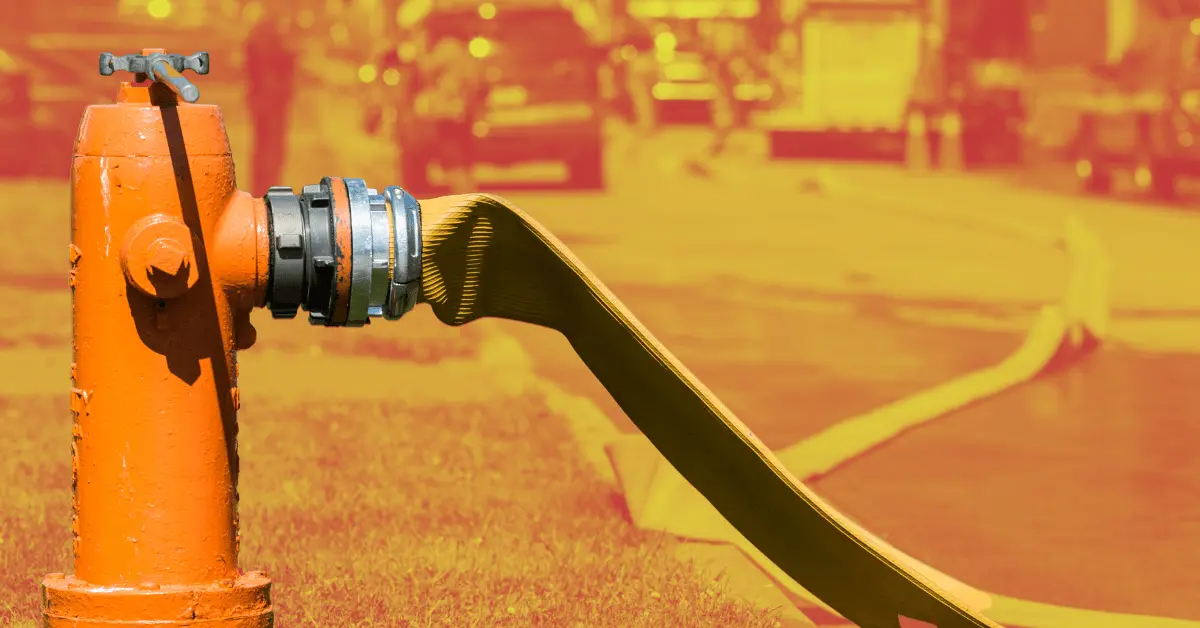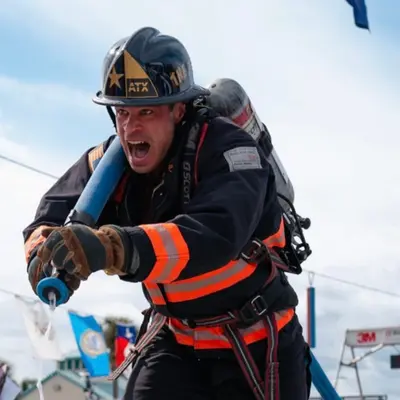The display of courage behind firefighting was once centered around the state of one’s turnout gear – often contributing to increased risk of illness or even death. While soot-covered coat and pants, along with a singed helmet, might still have some cinematic appeal, ultimately a modern badge of honor should be a long, fulfilling career in the service.
It’s important to understand how gear maintenance and care play a key role in protecting firefighters from hazardous conditions, and the NFPA 1851 standard lays out the best possible course of action.
Why Do We Need NFPA 1851?
Harsh chemical exposure is a leading cause of cancer for many firefighters. The nonprofit Firefighter Cancer Support Network (FCSN) reports that there is a 9% higher risk for cancer diagnoses, as well as 14% higher risk of death from cancer among firefighters, than the average American. Cancer affected 66% of line-of-duty deaths from 2002 to 2019.
In 2020, NFPA 1851 reconstructed cleaning efficiency and repair testing. The changes focuses on all aspects of potential risk from contaminated and damaged gear and covers new practices in selection, care, and maintenance.
Choosing Turnout Gear
Finding the right gear for your department is important during the selection process. A risk assessment should be performed to evaluate the turnout gear features needed to meet contamination protection and standard operating procedures. These evaluations narrow down the best fit gear for your firefighters.
Inspection:
The risk assessment requirements conduct advanced inspection to determine potential damage including:
- Defected or damaged material
- Potentially harmful residue
- Physically altered gear
To keep up with changes in worn frequency and exposure, routine gear inspections should occur before and after every shift to look for:
- Tainted fabric
- Thermal damage
- Seam deterioration, tears, or cuts
Advanced inspections should occur at least once a year to help identify underlying issues with features including outer shell, thermal liner, moisture barrier, particulate blocking technology, trim, and closures.
Caring for Turnout Gear
As response teams exit an incident where their protective gear or gear elements have been contaminated, they must begin the dry or wet mitigation preliminary exposure reduction care tactics.
Following mitigation procedures, each piece of turnout gear should be bagged individually and transported separately, away from individuals and personal areas.
Advanced cleaning should occur every six months or when exposed to harsh chemical hazards. The services must be conducted by a certified Independent Service Provider or Verified Cleaner.
Heavily soiled areas should be pretreated, while liners and outer shells should be separated. There should be specific importance on the cycle type and time, water level, water temperature, and detergent application.
If a garment needs repair, the gear should be sent directly to the original manufacturer, a verified Independent Service Provider, or a member of the team who has received training and certification in gear repair management.
Several Independent Service Providers have shared training programs to promote effective cleaning at the department level, Intertek Testing Services and Underwriters Laboratories.
Turnout Gear Maintenance
To successfully store gear, the location must be dry and well-ventilated, as well as temperature controlled with no direct sunlight or UV exposure. The turnout gear cannot be stored with oils, acids, or other solvents. Airtight containers should only be used if the gear is new or unused.
The maximum limit to fire gear usage is ten years from the manufacturing date, unless exposed to harsh chemical hazards or damaged beyond repair, at which point it should be retired.
In the Market to Buy Turnout Gear?
Lakeland is passionate about protecting your people. From the frontlines of a structural fire or wildland fire to routine response calls, we’ve got the PPE your firefighters need to do the job safely.
For further information on choosing the right turnout gear for your department, contact a Lakeland specialist today.



